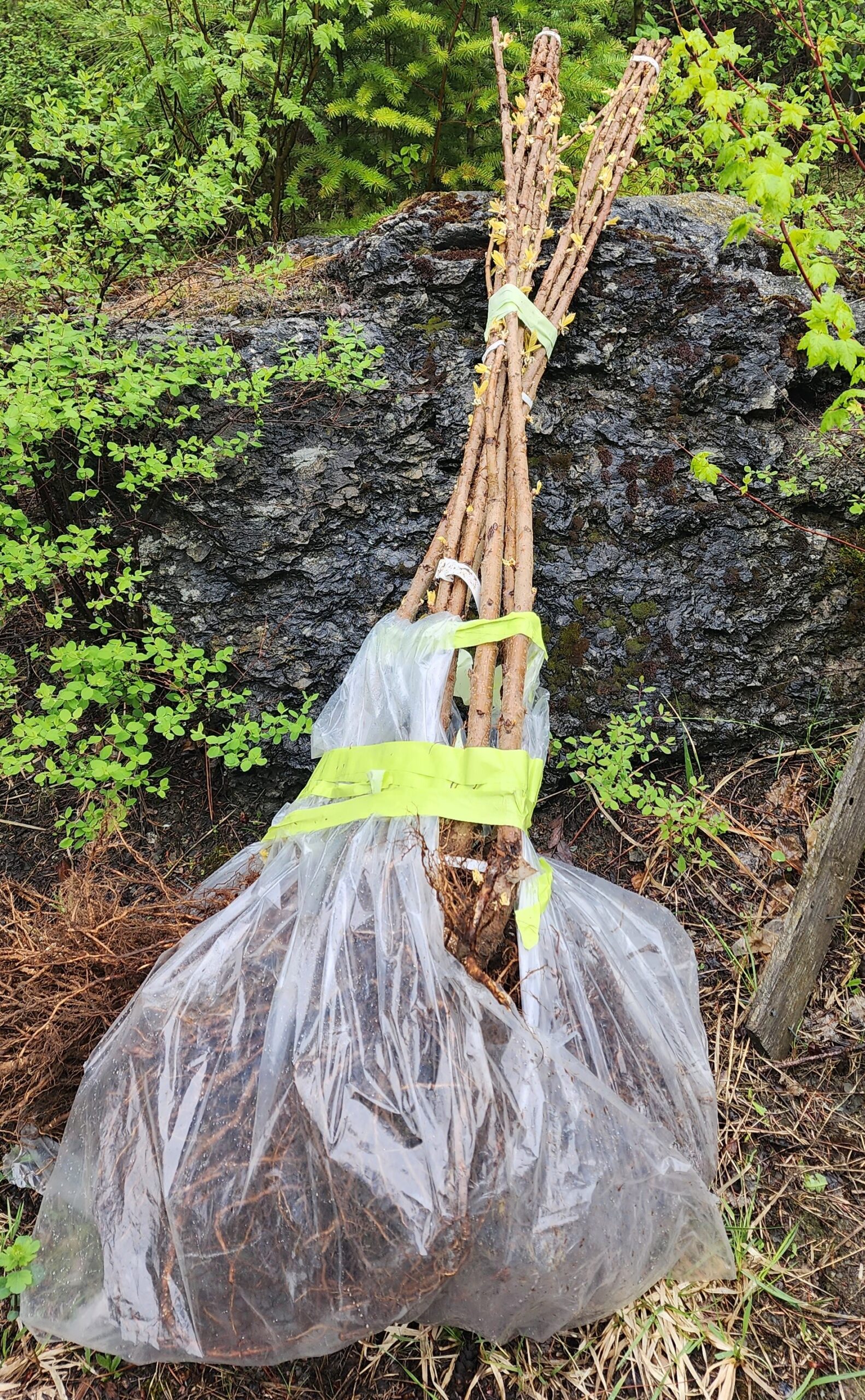
Rootstock Revelations: A Guide to Choosing the Perfect Base for Your Cherry Tree
Embarking on the journey of cultivating a cherry tree is an exciting venture, but choosing the right rootstock is a critical decision that often determines the tree’s overall health, size, and productivity. In this comprehensive guide, we’ll delve into the key factors to consider when selecting a rootstock for your cherry tree, ensuring a strong foundation for a flourishing orchard.
- Understanding Rootstock Basics: Before diving into the selection process, it’s essential to grasp the basics of rootstocks. Rootstocks are the lower portion of the tree, onto which the desired fruiting variety, known as the scion, is grafted. The rootstock influences factors such as tree size, adaptability to soil conditions, and resistance to diseases.
- Consideration of Tree Size: One of the primary considerations when choosing a rootstock is the eventual size of the cherry tree. Rootstocks are categorized as dwarf, semi-dwarf, or standard, each affecting the tree’s height and spread. You’ll need to assess your available space, as well as your preference for tree size, to determine the most suitable rootstock for your needs.
- Adaptability to Soil Conditions: Different rootstocks exhibit varying tolerances to soil conditions, such as drainage, fertility, and pH levels. Conduct a soil analysis to identify your soil’s characteristics and select a rootstock that thrives in those conditions. This ensures optimal nutrient absorption and overall tree health.
- Disease Resistance: Rootstocks play a crucial role in determining a tree’s resistance to certain diseases and pests. Research rootstock options that are known for their resistance to common cherry tree ailments in your region. This proactive approach can help prevent potential issues and reduce the need for chemical interventions.
- Pollination Compatibility: Consider the compatibility of your chosen rootstock with pollinating partners. Some rootstocks are specifically bred to enhance cross-pollination, leading to increased fruit production. Plan your orchard layout to facilitate efficient pollination and maximize the yield of your cherry trees.
- Local Climate Considerations: Factor in your local climate conditions when selecting a rootstock. Some rootstocks are better suited to colder climates, while others excel in warmer regions. Choosing a rootstock adapted to your climate ensures the tree’s resilience and ability to withstand environmental challenges.
- Consulting with Experts: Seek advice from local nurseries, agricultural extension offices, horticultural experts, or us to gather insights specific to your area. They can provide valuable information about rootstocks that have proven successful in your area and offer guidance tailored to your unique circumstances.
- Future Planning and Long-Term Goals: Consider your long-term goals for the orchard. If you’re aiming for a quick harvest and a smaller tree size, a dwarf rootstock may be suitable. For a more traditional, larger orchard setting, a standard rootstock may be the preferred choice.
Choosing the right rootstock is a foundational step in the success of your cherry orchard. By considering factors such as tree size, adaptability to soil conditions, disease resistance, and local climate, you can make an informed decision that sets the stage for a thriving and fruitful cherry tree. With careful planning and attention to detail, your orchard can become a source of joy and abundance for years to come.
These are the 3 most popular rootstocks used on cherry trees found around Flathead lake.
Gisela Series:
Characteristics: The Gisela series includes rootstocks like Gisela 5, Gisela 6, and Gisela 12. They are known for producing dwarf and semi-dwarf cherry trees, resulting in smaller tree sizes.
Why Popular: Gisela rootstocks are favored for high-density orchards and backyard planting where space is limited. They induce earlier fruit production, make harvesting more manageable, and are well-suited for intensive management practices.
Mazzard (Prunus avium):
Characteristics: Mazzard is a standard-sized rootstock that produces large cherry trees.
Why Popular: Mazzard rootstocks are commonly used for sweet cherry varieties, particularly in traditional orchards. They provide good anchorage and are well-suited for larger spaces. However, they may take longer to come into production compared to dwarfing rootstocks.
Mahaleb (Prunus mahaleb):
Characteristics: Mahaleb is a vigorous rootstock that produces a standard-sized tree.
Why Popular: Mahaleb rootstocks are often used for sour cherry varieties. They are known for their adaptability to various soil conditions and impart good vigor to the scion. Mahaleb rootstocks are resistant to root-knot nematodes.